
|
|
|
|
|
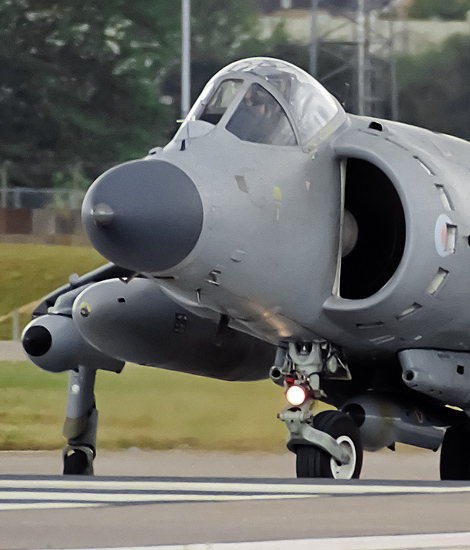
|
The BAe Sea-Harrier; RAF Fairford, July 21, 2003
The Royal International Air Tattoo, part 2; Text and Photograph's by Alex van Noye
During the RIAT there are always several-Sea Harriers present of the Royal Navy. This unique aircraft play an important role in the British navy. The aircraft operate from the three British aircraft carriers and have played a key role in several conflicts. The Royal Navy has a total of three operational squadrons with this type.
The British Aerospace Sea-Harrier is a STOVL (Short Take-Off & Vertical Landing) fighter aircraft of the British Royal Navy. The aircraft was originally developed by the British aircraft manufacturer Hawker Siddeley. These fighters operate from the three British aircraft carriers HMS Invincible, HMS Illustrious and HMS Ark Royal. Shortly after the Second World War, the British Empire over the world was slowly falling apart. This led to the need for a larger naval fleet, as the colonies were not issued without a fight. The desire to develop an aircraft which could take off and land vertical and which had the properties of a modern fighter jet at the same time arose. The development of such a fighter was already started at the beginning of the 60s. It was at that time considered as impossible to develop an aircraft with these properties. The development of the Harrier started to get shape at the end of the 60s. There was also a ship developed which was much smaller compared to the U.S. aircraft carriers. The costs of such a ship were therefore drastically lower. The aircraft carriers were referred to as the Invincible class. These ships were equipped with the typical ski-jump on the front of the deck of the ship. The Hawker Siddeley Harrier GR1 entered service at the Royal Air Force from 1969. The aircraft was immediately used for various tests with the new aircraft carrier concept. The Harrier GR1 was the first operational aircraft in the world which had STOVL properties.
It was soon decided by the British government to develop a naval variant of the Harrier. This variant of the Harrier would be known as the Sea-Harrier. In 1975 the Royal Navy placed an order for the purchase of 24 Sea-Harrier FRS1s. The first aircraft of this order entered service in the Royal Navy in 1978. Hawker Siddeley became a part of the merger of several British aircraft manufacturers at that time. The new company was known as the British Aerospace Corporation. The order of 24 Sea-Harriers was increased to 34 aircraft on August 20. As of 1981, the Sea-Harrier
|
|
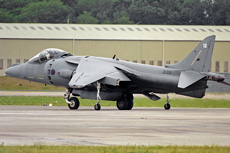
|
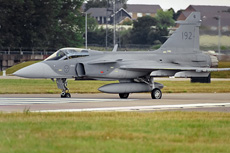
|
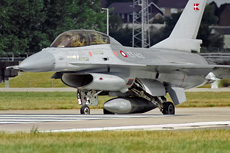
|
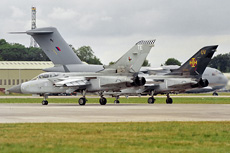
|
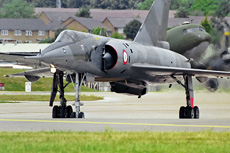
|
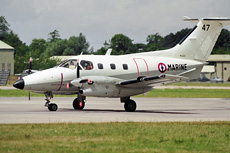
|
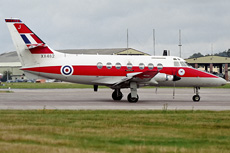
|
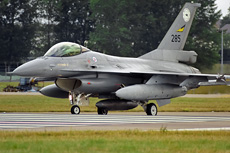
|
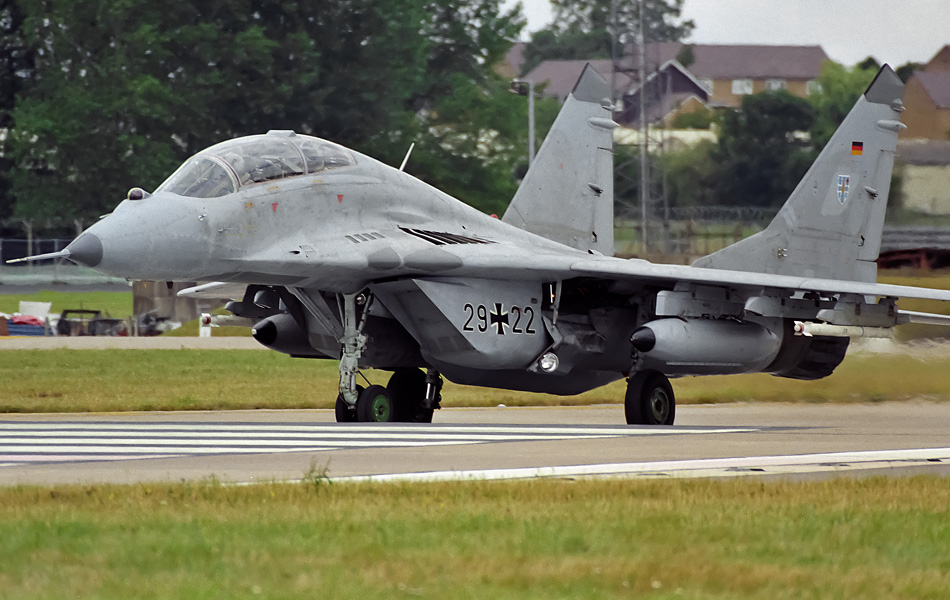
|
was declared operational on board of the HMS Invincible. The Sea-Harrier FRS1 was designed as a subsonic attack aircraft which is also suitable for aerial reconnaissance. The aircraft was equipped with a Rolls-Royce Pegasus turbofan engine with 4 movable nozzles which allow the aircraft to hover. The landing gear of the Harrier is different from that of conventional aircraft. The main landing gear of the Harrier was limited to only one main gear due to the limited space caused by the enormous engine of the aircraft. The Harrier has to be stabilized by the small balancing wheels under the wings of the aircraft. The design of the Sea-Harrier FRS1 is based on that of the Harrier GR3; the aircraft has therefore a large bubble canopy for better visibility of the pilot. The Sea-Harrier FRS1 has four suspension points under the wings and has three suspension points under the fuselage for weapon loads and external fuel tanks. The Sea-Harrier FRS1 has also a longer nose compared to the Harrier GR3, because the aircraft is equipped with the Ferranti Blue Fox radar.
The first three Sea-Harriers were prototypes and were only used for the qualification of the aircraft. The first production aircraft was delivered at RNAS Yeovilton in 1979. The first aircraft were assigned to the Intensive Flying Trials at the no 700 Naval Air Squadron (NAS no 700). This unit was renumbered to NAS no 899 in March 1980. This unit would be a land-based squadron for this type of aircraft. In March 1980, the NAS no 800 was the first operational squadron which was formed at RNAS Yeovilton. This unit was operating from the HMS Invincible before it was transferred to the HMS Hermes. The NAS no 801 was founded as a second operational unit in January 1981. The concept of STOVL aircraft and a fleet of small aircraft carriers would soon get the chance to prove themselves during the Falklands War in 1982. Only two Sea-Harriers were lost due to enemy ground fire during the war. The Argentine Mirages and Super Etendards were significantly faster than the Sea-Harriers of the Royal Navy. The Sea-Harriers of the Royal Navy played a key role during this conflict in the air defense role against the Argentine aircraft. The Harrier GR3 of the Royal Air Force was deployed as a fighter-bomber during this conflict. The Sea-Harriers had shot down 20 enemy aircraft. A total of 28% of the Argentinian aircraft which were shot down were attacked by the Sea-Harriers.
At the beginning of the 90s, it was decided to develop a new variant of the Sea-Harrier. The Sea-Harrier FRS1 had become an outdated aircraft and would no longer be able to survive on the modern battlefield. The new variant of the Sea-Harrier would soon be known as the Sea-Harrier FA2. The Sea-Harrier FA2 was equipped with the modern Blue Vixen Doppler radar which was considered as one of the best pulse Doppler radars of that era. The Sea-Harrier FA2 was also equipped with the AIM-120 AMRAAM air to air missile. Also this version of the Harrier was equipped with an improved system for self-defense with flares and chaffs. The operational flight range was also drastically enhanced by the renewed Pegasus MK106 engine. There were a total of 52 Sea-Harrier FA2s delivered to the Royal Navy. The Sea-Harrier FA2 was deployed for the first time during the war in the former Yugoslavia. The aircraft were sent on deployment to Bosnia in the period from 1992 to 1995. The aircraft performed several attacks on Serbian forces and close air support was given to land forces of the international coalition forces in the country. The aircraft were also deployed during Operation Deny Flight in the Serbian airspace. A total of one Sea-Harrier FA2 of the NAS no-801 was shot down by enemy fire over Bosnia. The pilot used the ejection seat and eventually landed in friendly territory. Also in 1999, the Sea-Harrier FA2 was deployed during Operation Allied Force in Serbia. Through the years, the STOVL concept is proven and the Harrier is the only aircraft which can operate in this role.
|
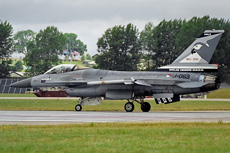
|
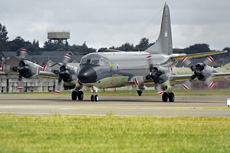
|
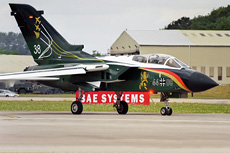
|
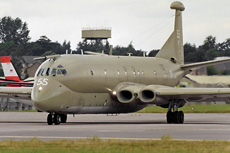
|
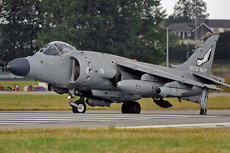
|
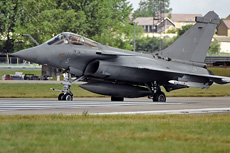
|
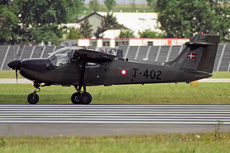
|
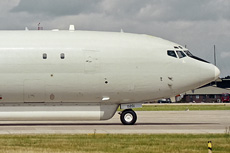
|
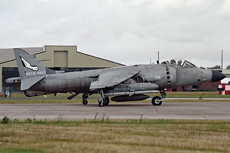
|
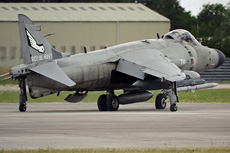
|
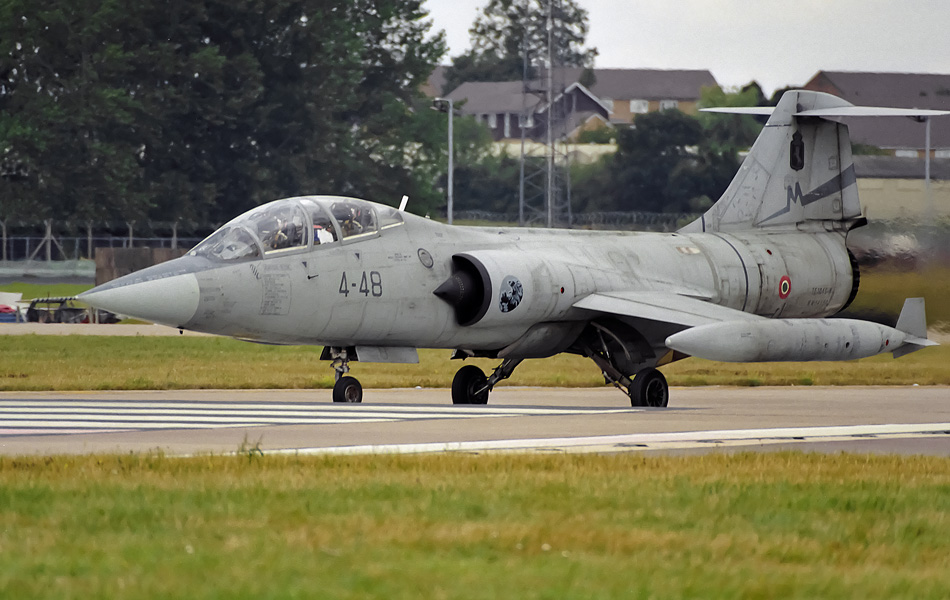
|
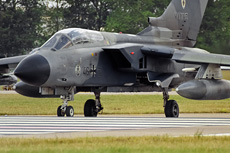
|
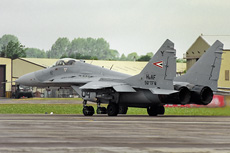
|
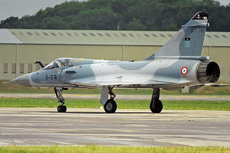
|
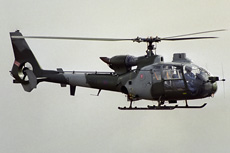
|
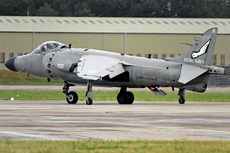
|
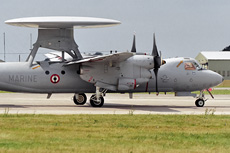
|
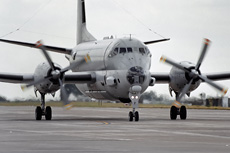
|
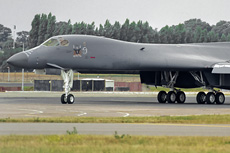
|
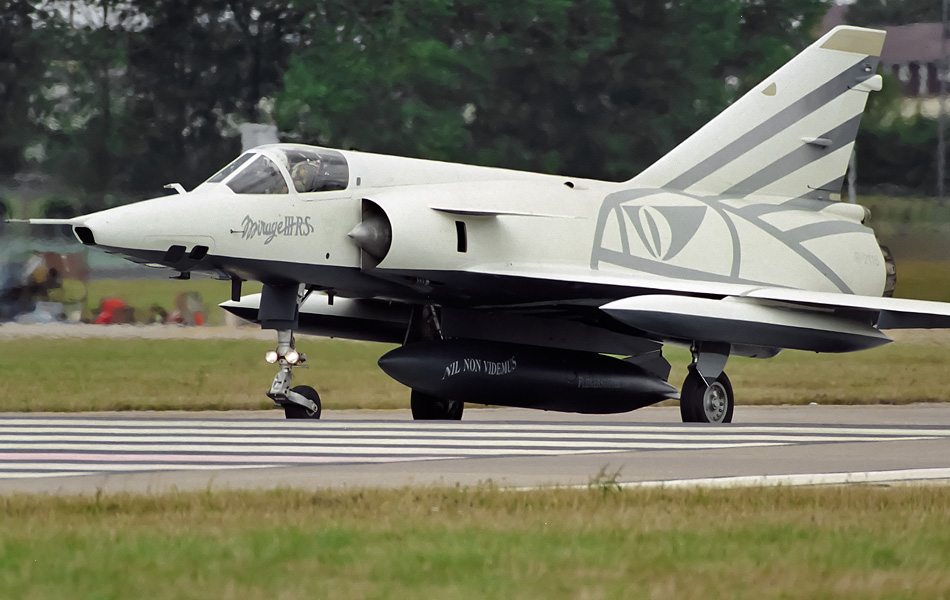
|
|
|

|







